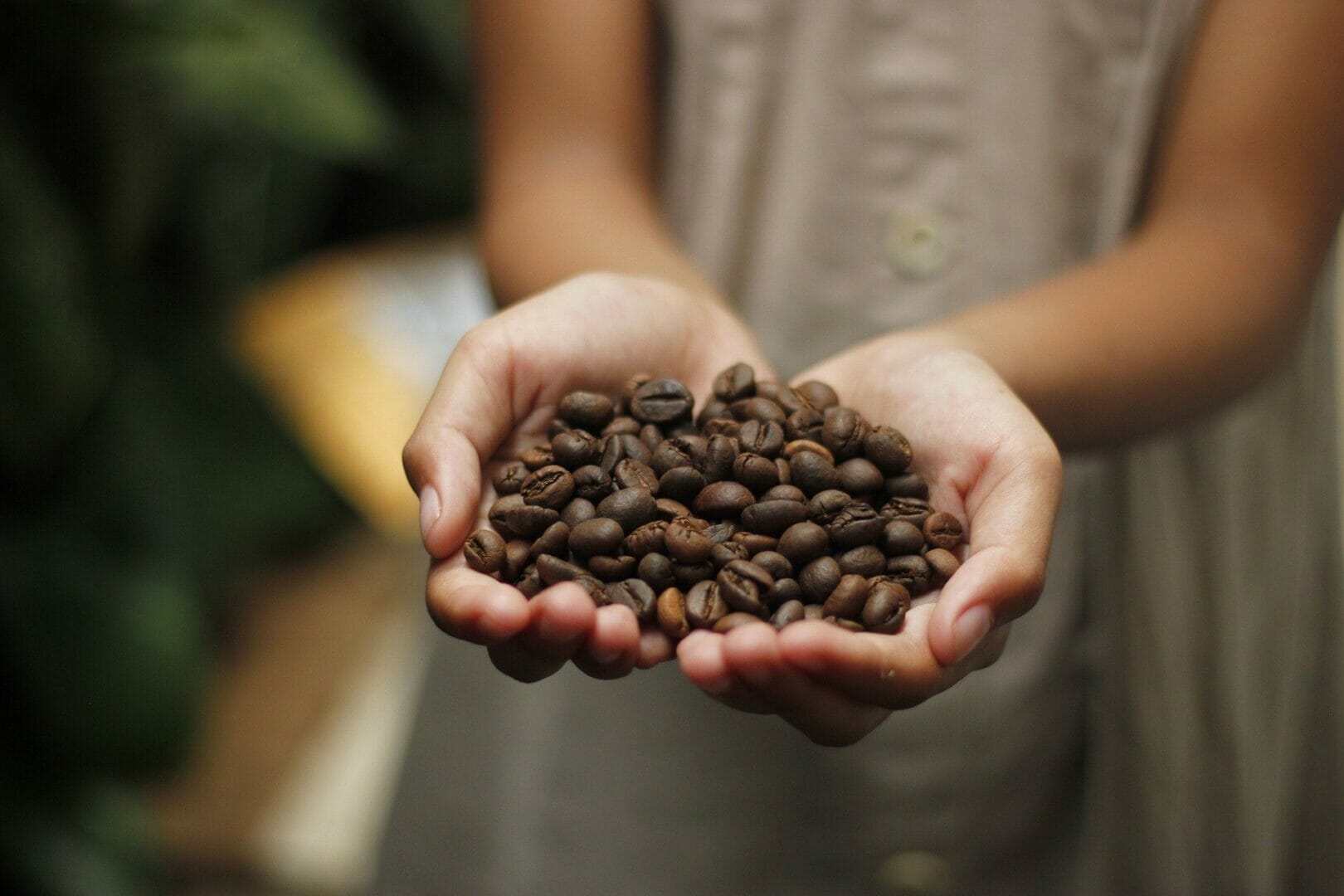Coffee is one of the oldest and most loved commodities across the globe, so much so that two billion cups are drank every single day. So much for a nation of coffee drinkers — it seems we’ve put the jar of teabags to the side for now.
Coffee’s heritage can be traced back centuries to the ancient coffee forests on the Ethiopian plateau, where a goat herder noticed that his goats were particularly energetic and didn’t want to sleep at night after eating berries from a specific tree. These mysterious berries were made into a drink, with word reaching east to the Arabian Peninsula. The rest is history, and coffee eventually became the world’s favourite drink.
Coffee cultivation and trade began in the Arabian Peninsula, and when this mysterious dark and bitter beverage reached Europe, coffee replaced the usual breakfast beverages of the time — beer and wine. Those who adopted coffee instead of alcohol on a morning began the day alert and energised, with the quality of their work improving. Sounds an awful lot like work coffee runs!
Here, we’ll take a look at where our coffee comes from with the all-important Fairtrade process.
Farm to Cup in the Americas
The journey of a coffee bean depends on where it came from, the farmer, and how the bean was processed to make the delicious drink we all love. Fairtrade coffee farmers are located in many places across the world however the largest Fairtrade coffee producer is Colombia, the world’s third largest coffee producer behind Brazil and Vietnam.
Source: Fairtrade
There are many different types of coffee, with some varieties producing high-quality beans however they may be susceptible to disease, harder to yield more coffee than others, might be sweeter, or flourish in certain types of soil, humidity, altitude, and other climates. The higher quality bean produced, the more money farmers receive as an inventive to produce high-quality coffee for the Fair trade coffee label.
With all these important factors to consider for small-scale farmers, they have to decide which variety is best for their location and growers must understand their land. It can take around three years to discover whether a variety will thrive as this is the period of time it takes for a new coffee plant to grow. Large-scale coffee producers operate differently from a small Fairtrade coffee farmer, with workers paid a minimum price as a safety net to protect against negatively fluctuating market prices and sustainable practices that have a minimised impact on the environment and biodiversity.
The process
You might be surprised to learn that coffee is harvested in winter from October to March, with one coffee plant being harvested for up to two or three times in a row when the ripest cherries are handpicked for high-quality coffee.
Coffee cherries are de-pulped in 24 hours, either with a small electric machine where the cherries are poured in and turned into pulp, or by hand. If any cherries are too ripe or not ripe enough, they are discarded.
Once they are de-pulped, they are submerged in water pools for a whole day, so they are cleaned, and any remaining layers fall away — beans that float are removed. Because the remaining water contains toxic elements that cannot be thrown onto the ground, this water is re-used to make an eco-friendly compost to grow more coffee plants.
Each coffee bean is cleaned and dry naturally in the sun — if it rains, they are covered, and at night are covered with a sheet to keep dew at bay. After this they are transported to trade, often with farmers walking long and dangerous paths from their remote areas with heavy bags of coffee beans.
The beans are then transformed into green beans, which is the most rigorous quality test yet, with each individual bean judged for their weight and appearance, called capping. They’re polished to remove the last layer of skin and are sampled, which is particularly important for specialty beans that are grown and harvested in their own microclimates.
Beans are finally roasted, which transforms the green beans into the aromatic brown beans we see in stores. They are roasted at temperatures of around 278°C and are frequently turned to avoid burning.
Next time you take a sip of coffee, remember the amazing and long journey one single bean has been through for you to enjoy one of your favourite drinks! For more information, check out this complete guide to fair trade coffee.



